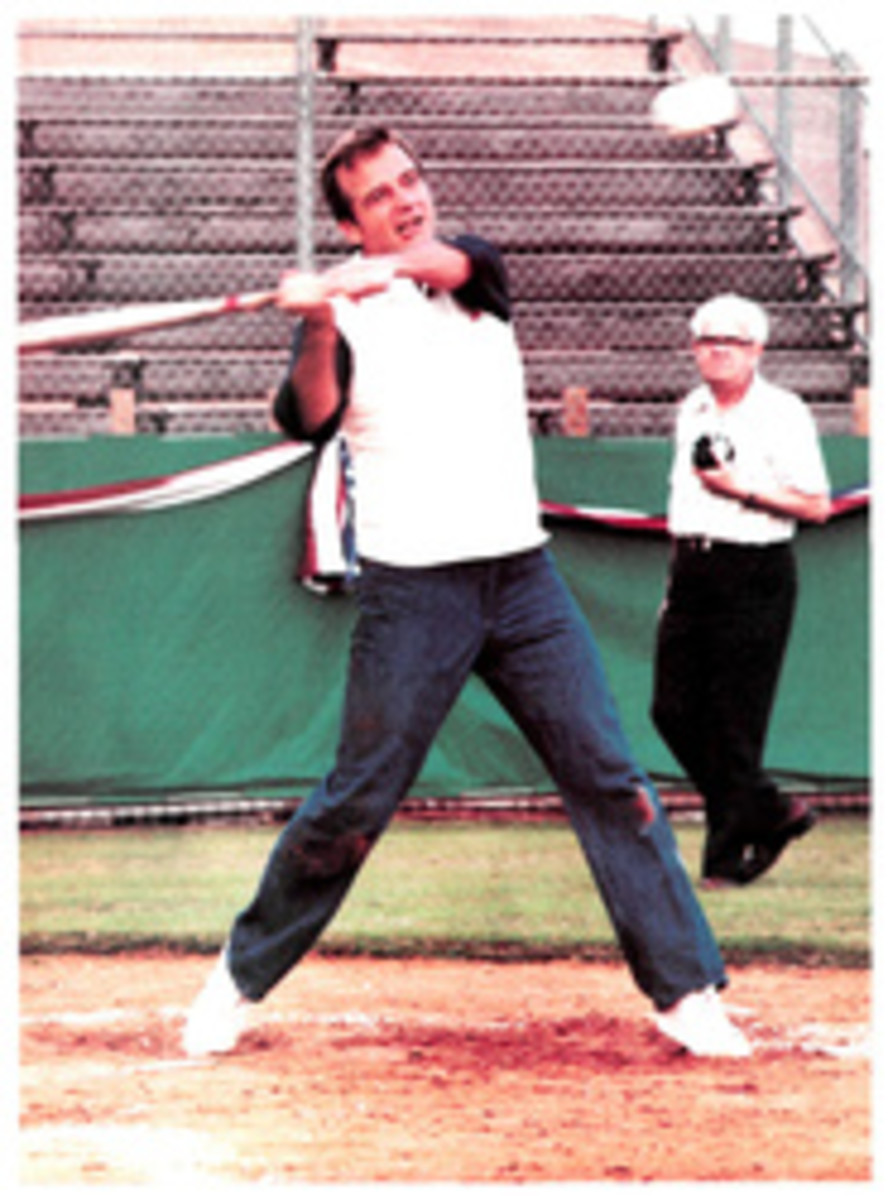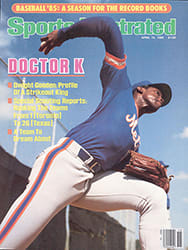
LETTER FROM THE PUBLISHER
When the editors first read George Plimpton's April Fools' story, The Curious Case Of Sidd Finch (April 1), they felt it would be widely enjoyed as a delightfully told, if not entirely plausible, tale. What they didn't anticipate was that many readers would want to believe in the existence of Sidd so strongly, despite the 168-mph fastball and other improbabilities, that they would rationalize their doubts for a good while before being brought back to earth by more skeptical acquaintances. Partly for that reason, the Plimpton spoof has become one of the most talked-about pieces in SI's history, and has generated one of the largest outpourings of reader mail and phone calls.
Plimpton had thought of writing an article on April Fools' pranks after he'd been duped in 1981 by an April 1 story in the London Daily Mail on a Japanese long-distance runner who thought a marathon lasted 26 days rather than 26 miles.
Plimpton's and our own research into April Fools' escapades led to the conclusion that most of them are funnier in the doing than in the telling. That led to a meeting among Plimpton, managing editor Mark Mulvoy and articles editor Myra Gelband from which evolved the idea of Plimpton's creating a baseball player who had never been in the game at any level—he'd be an intellectual musician and a pitcher with a bizarre delivery. Hello, Sidd Finch.
The name Hayden Finch derives from that of author Isak Dinesen's lover, Denys Finch Hatton, who died in a plane crash in Africa in the '20s.
The Sidd in the pictures? He's Joe Berton, an applied-arts teacher at Hawthorne Junior High in Oak Park, Ill., whom photographer Lane Stewart, a collector of military miniatures, came to know because Berton is one of the top sculptors and painters of such figures in the country. Philip Stearns, who posed as the expert on Eastern religions, Dr. Timothy Burns, also works in this genre. The French horn belongs to Hawthorne Junior High, the tiny black mitt to seventh-grader Andrew Boies, who demanded, and received, an SI swimsuit calendar in exchange. Sidd's landlady is a Canadian who prefers that her name not be divulged. The shots from Egypt? Berton accompanied Stewart and his wife, Anna, on a vacation there in 1983.
After the story came out, one of the first inquiries came from the office of Senator Daniel Patrick Moynihan (D., N.Y.). "Is it true?" an aide asked. SI letters manager Ann Scott, not yet clued in, staunchly responded, "We stand by our story." That one took some fast clearing up. On assignment at Villanova, reporter Hank Hersch came across a roomful of credulous students offering various explanations for Finch's pitching prowess. The St. Petersburg Times dispatched a reporter to find Finch at the Mets' training camp, then sent another to call him back. There were numerous other red faces around the country.
Some people may have smelled a rat when no one at Dean Witter could place stockbroker Henry W. Peterson. Senior vice-president Hayter Haynes had the firm's telephone operators searching frantically for Peterson, Sidd's Harvard roommate. (The fellow pictured as Peterson is actually Jim Muuse, son of SI administrative assistant Gloria Muuse and brother of SI production assistant Pieter Muuse. The room at Harvard belongs to Rob Hagebak, stepson of SI deputy art director Richard Warner.)
Plimpton has had calls from four movie moguls—including, of all people, the writer of The Sting, David Ward—and, he says, "Whole restaurants have asked me about Sidd."
Among those less than delighted by the article was Yankee owner George Steinbrenner, who condemned it as "bad for baseball, bad for the Mets, bad for SPORTS ILLUSTRATED." On the other hand, The Village Voice called it "a brilliant lampoon," and ABC-TV played it straight for three precious minutes on the national news before declaring our story a bang-up April fool.
"The way I look at it, it didn't hurt anybody and it was fun," says Mets p.r. man Jay Horwitz. At one point Horwitz told callers that not only did Finch throw a 168-mph fastball, but he also had a 120-mph curveball. "The story was so different," Horwitz says, "I think even after people knew it was a spoof they still wanted it to be true."
PHOTO
DAVID WALBERG
AS A JUNIOR HIGH TEACHER, BERTON (A.K.A. SIDD FINCH) THROWS POTS, NOT FASTBALLS

